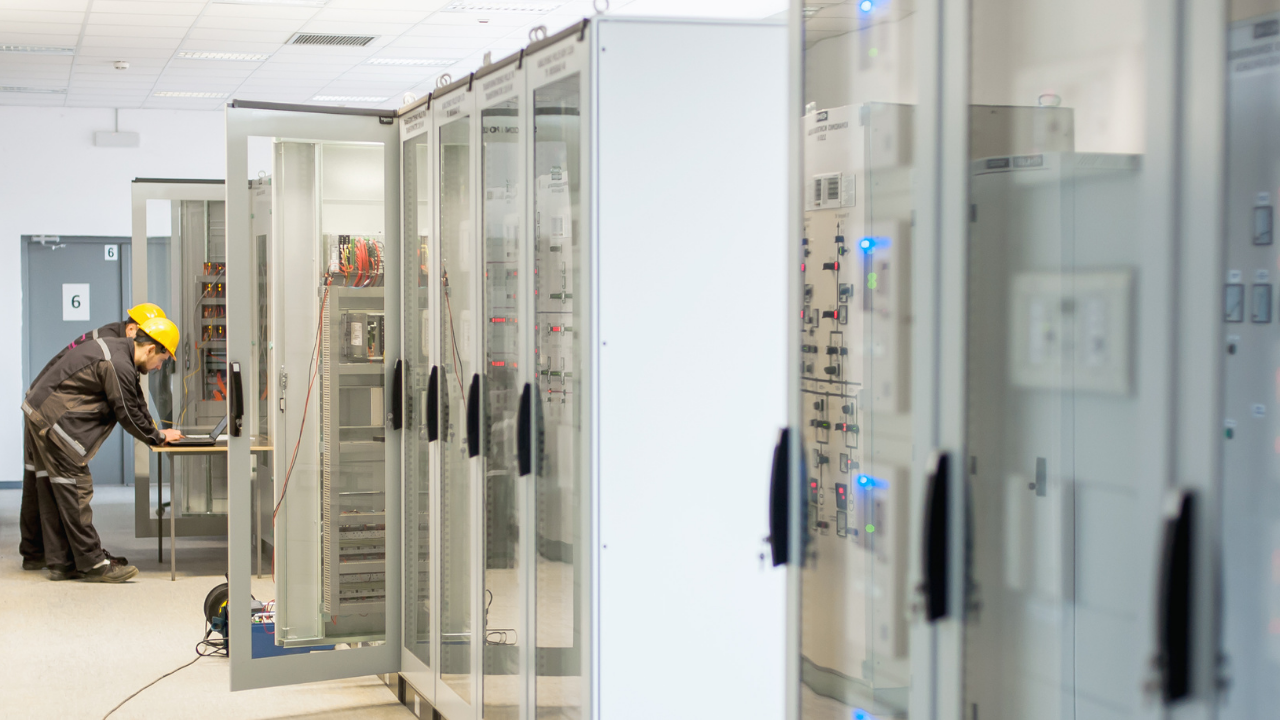It’s the middle of the night, suddenly the power goes out – unplanned downtime. What do you do?
In many cases, you sit down with your family, play cards, and monopoly under candlelight for hours until the power comes back on. For hospitals, long-term care facilities, community centres, and retirement facilities, sitting and playing games under the candlelight is not in the cards.
What’s the worst that can happen?
The uninterrupted power supply (UPS) you thought you had isn’t coming on, the lights are dim, systems are not performing, and patients/residents are wandering – looking for light like a swarm of mosquitoes. The entire night, morning, and/or afternoon is spent rendering havoc figuring out a system to communicate effectively among staff, patients, and residents.
Perhaps the facility is under control, you are working as a team and effectively delivering the needed care but suddenly the power comes on, now systems are not working. Your wireless communication devices will not ring or call out, you notice you haven’t been receiving calls from certain rooms, your tags and pendants are set to default, and the list goes on! You pick up the phone, frustrated, upset and impatient, urgently placing a service call, to us and several other companies.
Reasons for system failures
It is inevitable to completely avoid power outages all together but there are ways of
seamlessly working through without downtime. In the scenario above, the UPS did not trip on once the power was lost. There could be many reasons for this: outdated, faulty, installed incorrectly, burnt out, or just at that moment it decided to be a pain.
The calm after the storm may not be the delightful rainbow you were hoping for. Your systems aren’t functioning to their highest standard and customized programming. Your servers surged and now a floor is completely down. For the luckier ones, the only system down is your clocks and you are just annoyed by the constant flashing of 12 o’clock.
When making those service calls, you call one company that then sends you to another and so on. You can’t have one thing fixed until the other company fixes their system and vice versa. It is a vicious circle of waiting impatiently and being billed double to triple for an urgent service call.
How to avoid downtime/system failures
We can never fully understand the mind of technology, but what we do understand is that it needs to be monitored regularly. Here are some easy tips to avoid downtime and urgency during these moments:
- Monitor regularly! Annual, semi-annual, quarterly, monthly inspections/verification/testing/commissioning of your system will help avoid your failure being due to upgrades, discontinued products, surges, faulty devices, etc. Each system is different and used for different applications, high priority systems should be monitored more frequently.
- Sole Sourcing! Avoid making those awkward phone calls to the wrong companies for the wrong service. Or the waiting for service based on another company performing their service of another system. Have one company manage your devices, your inspection reports/data, and multiple system issues at a time.
- Education & Training! Sometimes a system failure could be caused by user error. Continuous education of the system, system upgrades, new features for current staff and new staff is important in ensuring the system is functioning properly. Update regularly, schedule training every three months or so to avoid user error/misuse of your integrated systems.
- Keep Calm! Once you have figured out your first three by sourcing a company that can provide excellent on-site AND remote service 24/7, 365 days of the year; then there is no need to worry, you are already covered.
Learn more about our scheduled inspections, verification, training, and service level packages by visiting here or by contacting Paulette Francella at 1.800.695.2883 ext 2382, email: customercare@aatel.com.







